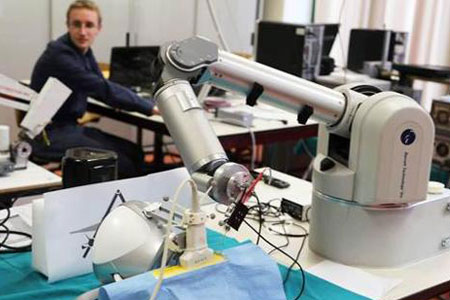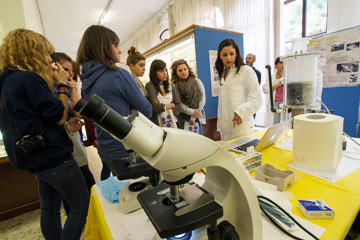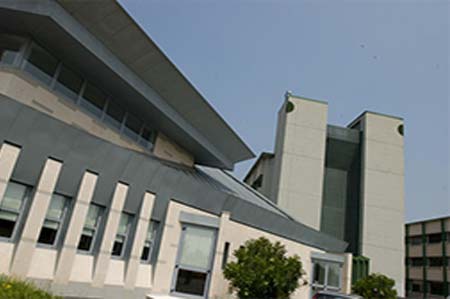ELEMENTI DI OTTICA
ONDE: equazione delle onde, onde armoniche, principio di sovrapposizione, dispersione, intensità di un'onda armonica piana, onde meccaniche, onde acustiche
ONDE ELETTROMAGNETICHE: equazioni di Maxwell, esistenza delle onde elettromagnetiche, equazione delle onde elettromagnetiche nel vuoto e in un mezzo, relazione tra E e B, intensità delle onde elettromagnetiche, proprietà delle onde elettromagnetiche, polarizzazione, sorgenti puntiformi, lo spettro delle onde elettromagnetiche
RIFLESSIONE E RIFRAZIONE DELLE ONDE: proprietà cinematiche e proprietà dinamiche, onde acustiche ed elettromagnetiche
INTERFERENZA DELLE ONDE: interferenza tra due sorgenti: esperimento di Young, cenni di olografia
DIFFRAZIONE: diffrazione da una fenditura come interferenza tra infinite sorgenti, minimi di diffrazione, larghezza del massimo centrale, diffrazione da un'apertura circolare, disco di Airy, criterio di Rayleigh sul limite di risoluzione per una apertura circolare, potere risolutivo delle lenti
OTTICA GEOMETRICA: lenti e specchi, strumenti ottici, funzionamento dell'occhio
ELEMENTI DI FISICA ATOMICA E NUCLEARE
INTRODUZIONE ALLA FISICA MODERNA:
la scoperta dell'elettrone, dei raggi X e della radioattività;
la radiazione di corpo nero, l'effetto fotoelettrico e il fotone, l'effetto Compton; gli spettri atomici, l'esperimento di Rutherford, il nucleo atomico, il protone, l'atomo di Bohr;
comportamento ondulatorio della materia, le onde di De Broglie, l'equazione di Schroedinger, onde di probabilità, diffrazione dei raggi X e dei raggi elettronici; momento magnetico di una spira quadrata percorsa da corrente, momento torcente ed energia di una spira in un campo magnetico, moto di precessione per una spira circolare; forza in presenza di un gradiente di campo magnetico; momento magnetico orbitale e intrinseco degli elettroni, esperimento di Stern-Gerlach, spin degli elettroni; struttura atomica e tavola periodica degli elementi; momento magnetico di spin del protone; l'equazione di Dirac, la scoperta del positrone e l'antimateria
IL NUCLEO ATOMICO: Chadwick e la scoperta del neutrone, proprietà del nucleo atomico, equivalenza massa-energia, difetto di massa ed energia nucleare, energia di legame dei nuclei atomici, energia di legame per nucleone, proprietà di saturazione delle forze nucleari, cenni di Modello a Shell nucleare, spin del nucleo, momento magnetico nucleare e risonanza magnetica nucleare
RADIOATTIVITA': processi di decadimento radioattivo, radionuclidi naturali e artificiali, legge dei decadimenti radioattivi, tempo di dimezzamento e vita media, esempi di radionuclidi di impiego nell'imaging medico
INTERAZIONE DEI FOTONI CON GLI ELETTRONI ATOMICI: assorbimento fotoelettrico, diffusione Rayleigh, diffusione Compton, creazione di coppie, attenuazione di un fascio collimato, relazione tra coefficiente di attenuazione lineare e sezioni d'urto atomiche
ELEMENTI DI RADIOPROTEZIONE: interazione di particelle cariche con la materia, concetti di dosimetria: il Gray e il Sievert, effetti stocastici e non stocastici
TECNICHE DI IMAGING
MICROSCOPIA OTTICA ED ELETTRONICA
IMAGING AD ULTRASUONI
IMAGING A RAGGI X: tecniche radiografiche convenzionali, tomografia assiale computerizzata
IMAGING A RAGGI GAMMA: gamma-imaging planare, SPECT, PET
IMAGING DI RISONANZA MAGNETICA NUCLEARE (MRI)







